Do you know the etiquette rules of Japan, responsible for developing an educated population? In this article, we will talk exactly about the etiquette rules of Japan also known as Nihon no kihon reigi sahō [日本の基本礼儀作法].
Table of Content
Business Card in Japan
It is indispensable in formal presentations for professors, entrepreneurs and even journalists. The meishi [名詞], as it is known in Japanese, cannot be missed when meeting and establishing contact with a new person who has relevance in your work.
It is interesting to have your card in English or English and the back in Japanese, to avoid any kind of communication problem. Visitors must deliver their card first and always to the most important person. Always deliver with the text in the sense of the person who will receive it and do it with both hands.
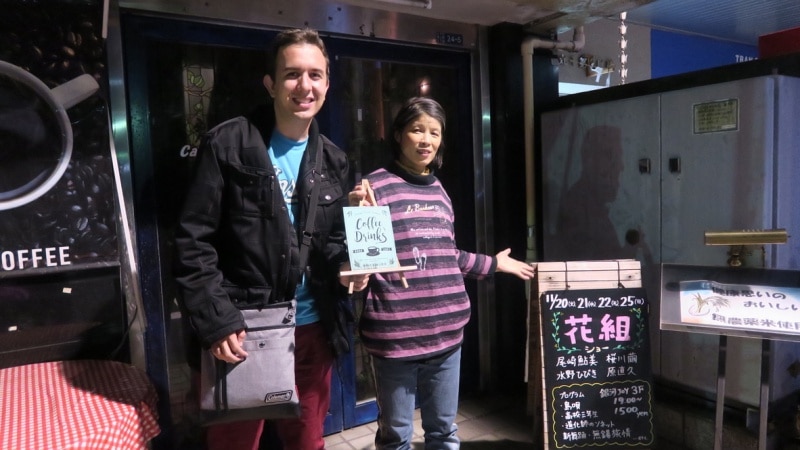
Cell phones in Japan
On public transport, the ideal is to turn off the phone or leave it on silent. However, it is possible to send messages if it is something more urgent. Inside cinemas, theaters and hospitals, it is strictly forbidden to leave cell phones on. In the hospital, attention must be redoubled, so as not to generate any type of interference in the medical equipment.
We have already written an article talking in detail about the curiosities about cell phones in Japan. As you read it, you will see that many Japanese people still prefer flip-type phones, those that open and close.
Read the article: Cell phones in Japan - Curiosities and Japanese models
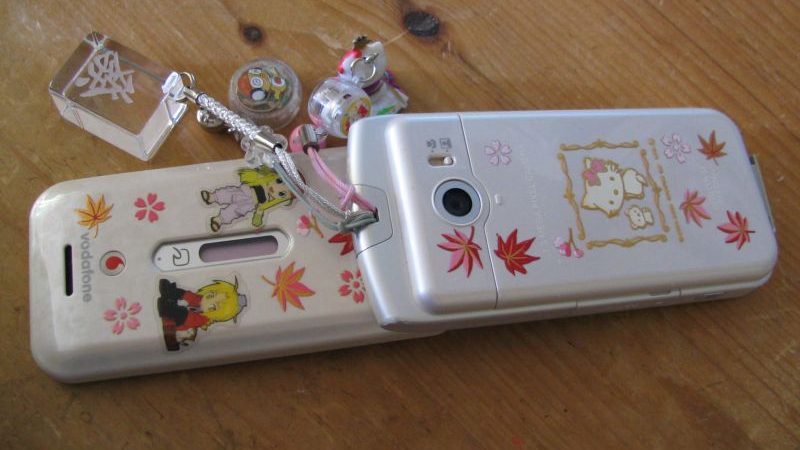
Elevators in Japan
The hierarchy within an office is highly respected. This is noticed in the distribution of tables inside an office and even inside the elevator. The superiors always stay away from any type of door and the younger ones or in less significant positions are closer to the entrance and exit of the places. Even for parking vehicles, the same rule is used.
The Japanese have certain superstitions regarding numbers. Floors like 4 and 9 are deadly, because they resemble death and obscurity. In some places the elevators do not have numbers 4 and 9.
We recommend reading: Japanese Superstitions - Bad Luck and Superstitions in Japan
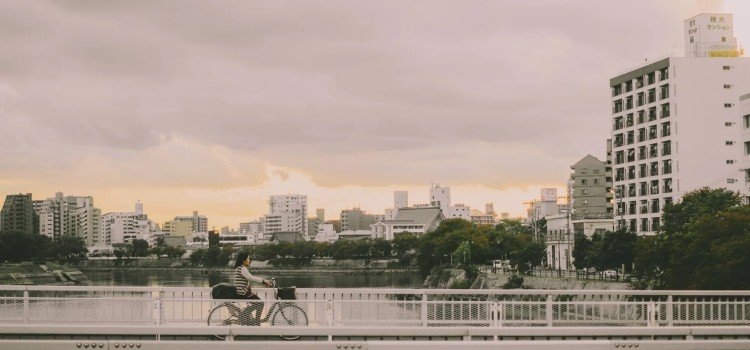
board the train
Any type of public transport in Japan has well-defined and respected rules for boarding and disembarking passengers. Signs are strictly followed, even at the most critical times.
As soon as the vehicle opens its doors, wait for all passengers to disembark in the reserved area at the entrance. Only then embark with the other passengers. A curiosity: in Tokyo, when climbing a ladder, leave the right side free for those who are in a hurry. In Osaka, the usual thing is to leave the left side free.
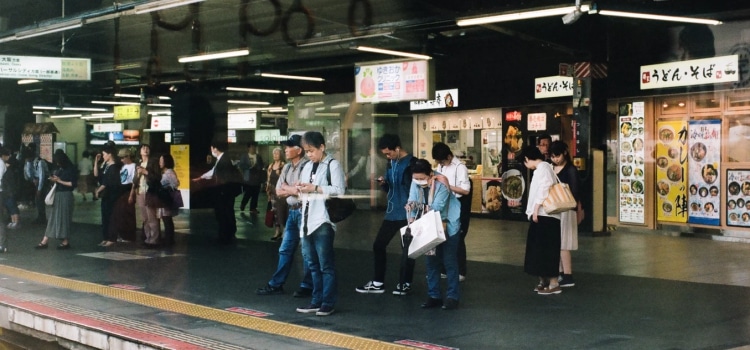
To make noise while eating
If in the West the important thing is to eat without making any kind of noise, in Asia, to show your satisfaction in enjoying a meal, the ideal is to make a lot of noise. Especially when the dish comes with broths, such as ramen and soba.
Doesn't mean you have to chew like a retard. It's not for chewing with your mouth open or anything like that, just when you suck the noodles, you don't have to worry about doing it silently.
Read also: 15 types of Japanese noodles

When using chopsticks in Japan
The hashi, those 2 chopsticks that are Japanese cutlery, have their specific rules. It is not good to cross them when holding food. The general custom is to hold the bowl of rice in your left hand and use your right hand to pick up the food with chopsticks.
Never stick chopsticks on white rice in a chawan (bowl). This gesture has a bad omen for the Japanese, as well as being inelegant. The ideal is to keep chopsticks on the small base reserved for it (hashioki), when not in use.
Read also: Hashi – Tips and Rules on how to use and hold chopsticks
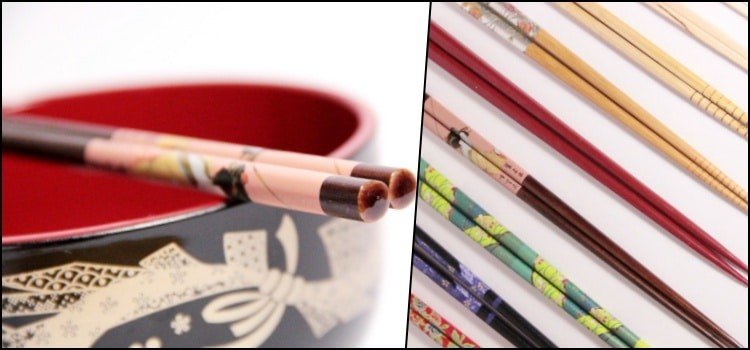
tea break
In many Japanese homes, green tea, coffee or black tea is offered, depending on the guest's preference. The Japanese don't drink green tea with sugar or milk. Green tea is often accompanied by a Japanese sweet.
Read also: Chanoyu – Japanese Tea Ceremony
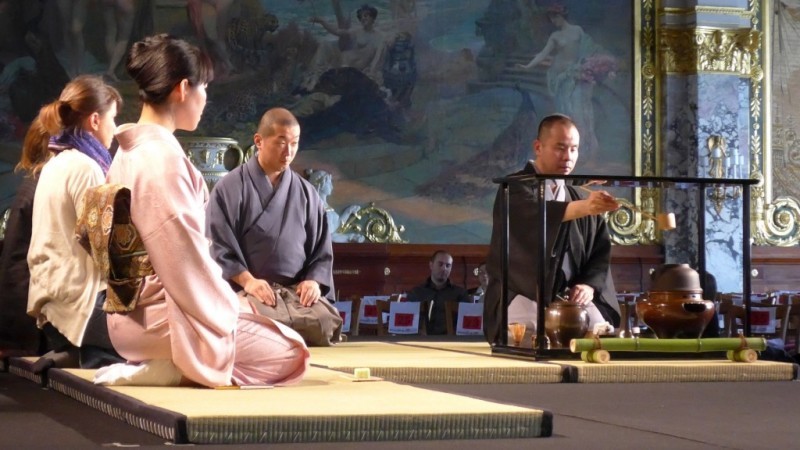
Dinner out in Japan
Some restaurants display reproductions, made of wax, of the dishes they serve in their windows. You can choose from these imitations or from pictures on the menu. It is not necessary to tip in Japan.
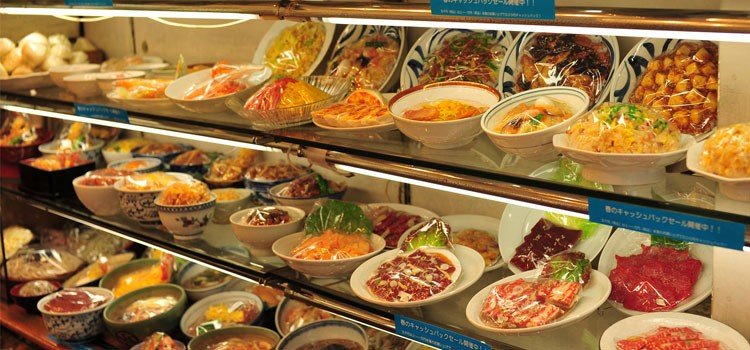
Take off your shoes in Japan
Shoes inside the house, no way. Even in the early years of the school term, children leave their shoes in their personal lockers and put on flats or flip-flops, depending on the establishment.
That's why it's always good to have your shoes internally clean, and if you're wearing socks, make sure they're in good condition. After all, getting your feet out of your shoes is almost inevitable in Japan.
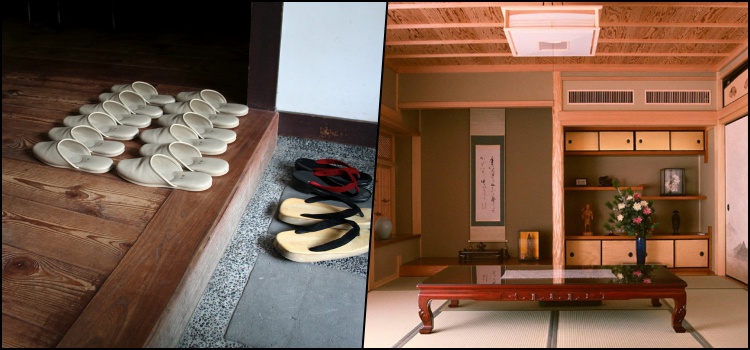
drink sake
Basic premise when drinking with Japanese people: your glass will not be empty. Usually people serve each other, it is not customary to serve one's own glass. Group members look at each other's glasses, and pour more as they empty.
Therefore, if you don't want to drink much, the ideal is to drink very slowly. The japoneses don't just drink saquê, but also enjoy beer, wine, and whiskey.
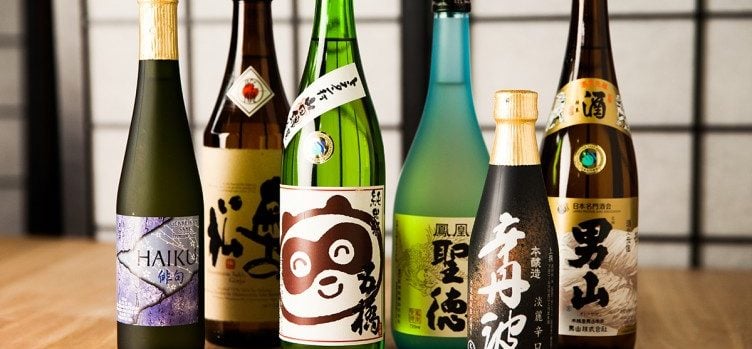
sitting at the table
Before the meal each person says itadakimasu, and after, gochisousama deshita. Both phrases express appreciation for food. In private households, several dishes are usually served for each one.
Individual portions are placed for guests on their own plates in a set position: boiled vegetables in the upper left corner, Japanese seasoned vegetables in the upper right corner, grilled fish in the center, steamed rice in the lower left corner, Japanese pickles in the center below the fish, soy soup, and the chopsticks below everything, closer to the eater.
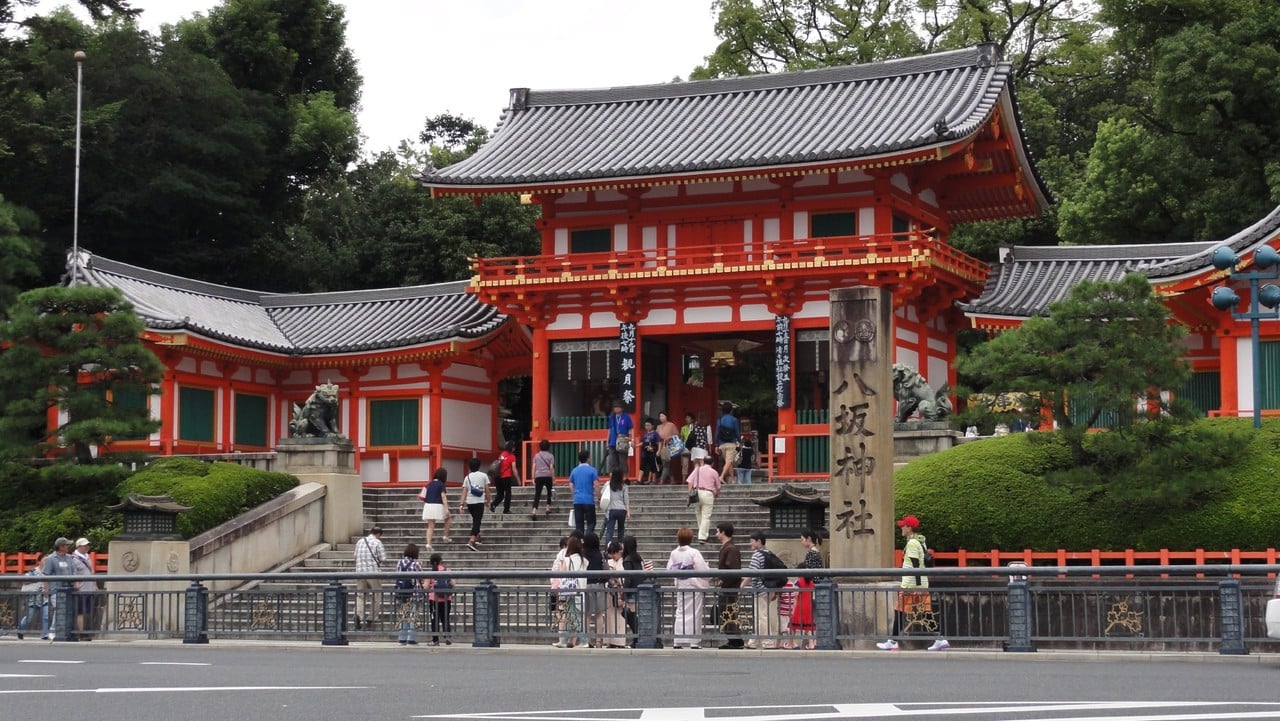
Visiting Temples in Japan
The Japanese temples and shrines are places to admire nature and also to pray. And, to pray, it is good to follow some rules when visiting Shinto shrines, for example: two bows, two claps, and two bows. This is the correct way to start your thanks and requests to the heavens.
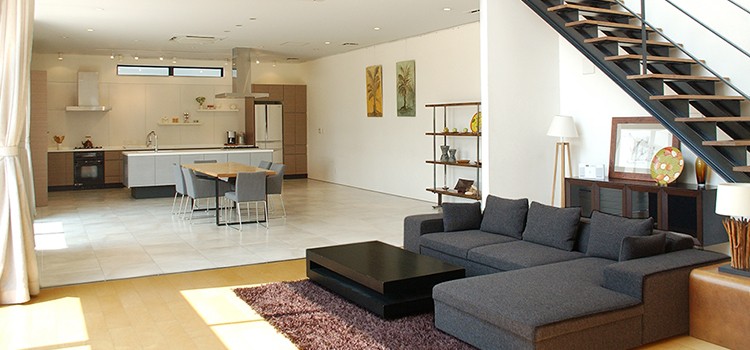
visiting a friend
If you visit a friend in the morning, greet them with Ohayou gozaimasu. If it's in the afternoon, with konnichiwa, and at night with konbanwa.
The host may reply with ohairi kudasai (please enter) to invite you in. When entering the front door say “ojama shimasu”, which means “Excuse me, I'm going to enter your house”. Before entering, always remember to remove your shoes.
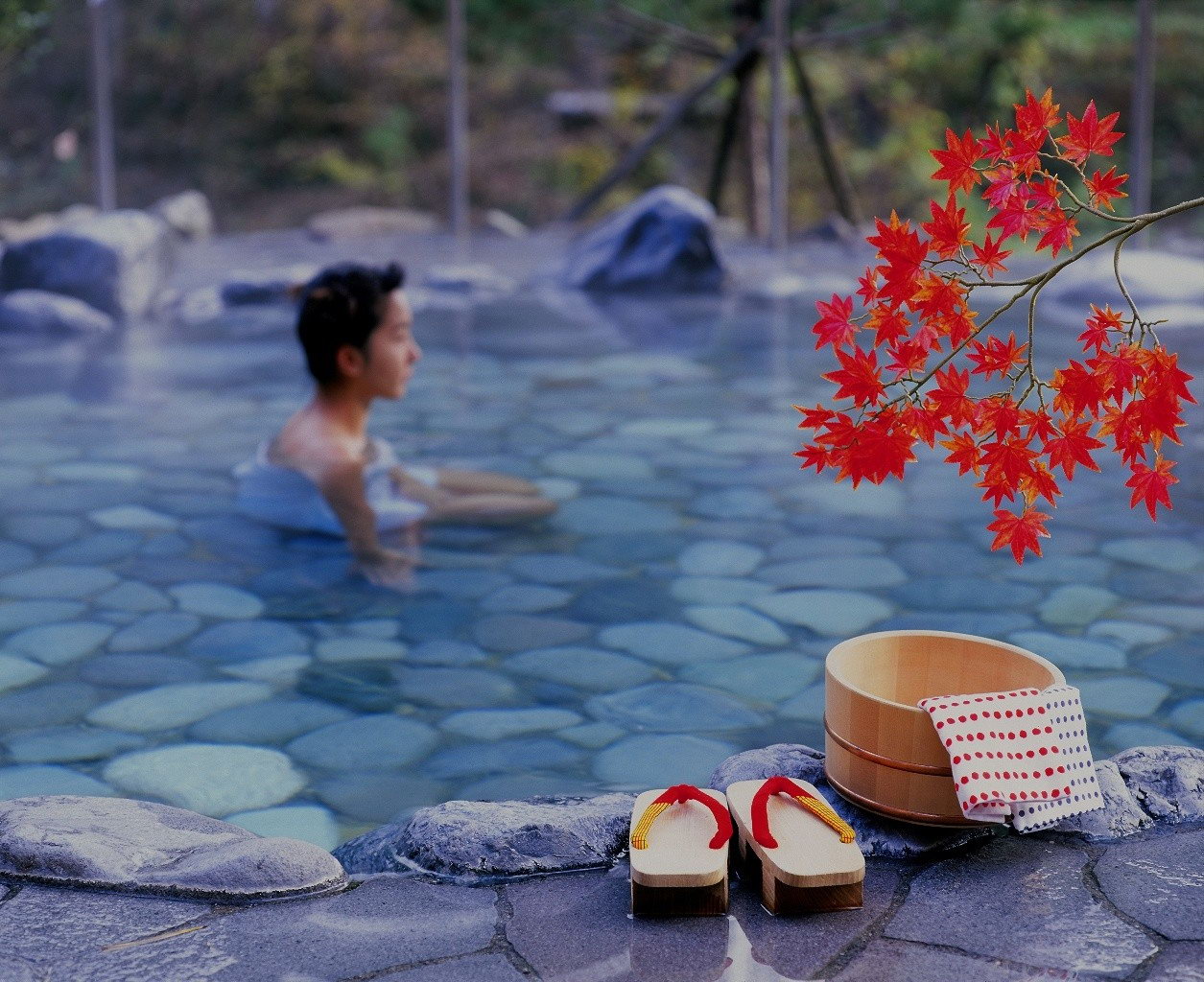
When visiting an Onsen in Japan
Basic: Go to the cabins or rooms to change your clothes and wrap yourself in the appropriate towel. Many people even put on bikinis and swim trunks to feel even more comfortable showering before entering the onsen.
Unlike the sat (public bath), in which they are separated for men and women, some onsen, being open air and natural pools, accept people of both sexes. One must enter the onsen completely naked. Entry with towels or bathing suits is not allowed.
We recommend reading: Onsen - Natural Hot Springs of Japan
